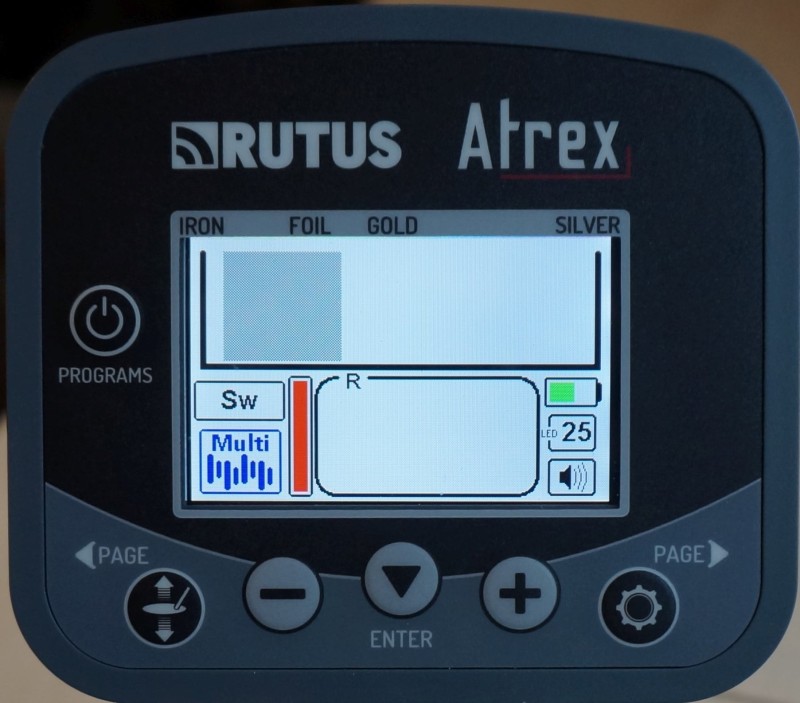-
Posts
1,353 -
Joined
-
Last visited
Content Type
Forums
Detector Prospector Home
Detector Database
Downloads
Everything posted by EL NINO77
-
Sergio, be careful, what you want !!! ... Read the manufacturer's description very carefully ... and maybe your ideas about the possibilities of this detector will really fade ... ------------------------------------------------------------------------------------------------------ Targeted Search with Pulse Nova Thanks to the way it works and the different coils, treasure hunters can focus well on their target objects: With the large search coil as well as the Frame Coil Xi104, small objects such as bottle caps, pull tabs and small pieces of aluminum foil can be ignored. But beware: Even single coins cannot be displayed when using the large search coils! Depending on the application and target object, make sure to select the appropriate coil: Large search coil, large magnetic field: mainly larger metal objects can be found. Small search coil, small magnetic field: Smaller objects can also be detected.----------------------------------------------------------------------------- ......I think that for the price of 2000 euros you can already buy really tried and tested models of PI detectors .. known manufacturers ..👍 I did so myself and bought a PI ..Garrett ATX metal detector - second hand ../ 1300 euros /....
-

More Gold Coins... XP Dēus II
EL NINO77 replied to GhostLands's topic in Metal Detecting For Coins & Relics
nice ........👍.... -
......I believe that Rutus Atrex will soon become more known to several detectorists around the world ... and it will be, above all, the excellent detection properties of the detector ... as an opportunity to work in really challenging mineralized and conductive terrains. Using Mix mode with fast-working discrimination allows me to detect very effectively..and to determine the relative size of the target in detection..and also to very quickly identify and eliminate , Small, medium or large iron .... so I can focus more detection on my desired targets .. .. My best finds so far we have brought detectors Minelab EQUINOX 800/3 finds / .... Rutus ALTER 71 v2 / 11 finds / a Rutus ATREX / so far 2 finds / .. ATREX has the ability to update the detector software ... in a moment there will be a new software that will bring more Multifrequency options. - I have been testing this new Multifrequency software for some time now ... ................................................................................................................................. ...... For all detectors that will be released in 2022, it will be important for them to bring improved detection properties .., possibly also improved ergonomics, as a possibility of software upgrade ... This element is very important..because by upgrading the software, the manufacturer of the detectors can respond very well to any improvements. detection properties of a given detector and thus keep the detector competitive in the long term,,, in a given class of detector. I'm one of those ... who believes that the American companies Garrett y Fisher can prove to come up with a new train detector ... they've done it before ... ,, and they can do it in the future ... - because I think they still have a good technical background .. and experience ..👍
-
it's already .... it's PI Garrett ATX - but it uses VLF mode when in Iron check mode ....
-
Simon ... now in the winter .. in practice it's sometimes very difficult to get close like this ... I don't know how many times I had to shovel .. wipe the mud from the pinpointer
-
Carl Moreland .. here he perfectly wrote the very essence of the problem .. ,, and pinpointer Profind 35 will behave similarly on higher sensitivities ... - at a highly set sensitivity, this pinpointer can be more sensitive to the change in the orientation of the search probe in the electromagnetic field of the earth .... .. Profind 35 I know how to switch on in the field..about in the same orientation in which I will continue to search for them ... then it will work the most stable..even when setting a relatively high level of sensitivity ... it's one way to work at high sensitivity...
-
I think ... that this Abenson test ... has been performed really well ... ...I don't think so many detectors have the ability to detect .... and not yet but also properly test detectors in mineralization ,,, ,, But who has such conditions or even tougher / 6-7 bar / .. will understand and come to similar conclusions ... Compare DEUS II and Equinox 800 on 11 "coils.. and in Gold programs ... it's absolutely fine ../. And both detectors still had a volume adjustment reserve .. .. And finally ... for a more accurate comparison of the sensitivity and range of detection for the same targets the new Deus II ..was compared... even with other detectors - the DEUS1 - 9.5 "HF elliptical coil ... and PI GPX 5000 - 6" coil "... I appreciate it as an excellent comparative test👍
- 38 replies
-
Trying with Equinox ... to detect in targets in black ceramics or on coke ... on Programs Type2 / Park2, Pole2, Gold 1, Gold2 / is a basic mistake .... these programs are not designed for that ... Equinox programs that work well with the elimination of Coke and black ceramics /conductive terain/are Type 1 programs / Park1, Field1, and Beach1 and programs Beach 2 .... / but Beach2 is the weakest program in terms of ... the differences between the Equinox Type 1 and Type 2 programs are significant......, more than a normal detector operator can think ...
-
Simon....That's what is interesting ... on these highly mineralizing tests ... ,, because not a very deep detection of targets quickly stops working reliably .... even one inch deeper and a good signal becomes a border signal .!!! In tests in highly mineralized magnetite terrain / Equinox GB = 3 /, the imaginary limit of good detection of such large targets is somewhere at the 6 "level for high-performance VLF detectors ..... And ..beyond the 6 "depth level ... the detection power of many detectors is rapidly lost and the 7" detection depth itself can be the limit for reliable detection .. for a coin of conductivity and size such as a silver Dime. .. Even deeper targets at depths of 8" for 1gram Gold... or and 9"- for 5gram silver coin ...in such mineralization will be the full limit of the detection capabilities of Vlf detectors ... because many detectors do not prove the signal for such targets even in all metal mode .. and it is not yet to identify such signals as good targets. ....!!! Ps ....I would like to thank Andrew ... / Abenson / for his time and effort in performing this Test..in highly mineralized magnetite terrain ... and comparing Equinox 800 and Deus II... under the same conditions .. on multiple detection programs for both detectors .. His tests are really realistic ... and at the same time very instructive...👍
-
Nice test Deus II ... Ric ../Ogliuga/.. on your highly mineralized test field ..👍.. ...It can be seen from 50-Eurocent coin at 25 cm ... it is a good signal even in such a heavily mineralized terrain .. I am waiting for your observations and experiences regarding the use and settings of the XP Deus II .. detector for such conditions ... .I admit that your tests of different detectors on two test fields ... which one is highly mineralized and the other is low mineralized are still interesting to me ... and instructive ..because they really show quite accurately what real depths can be achieved in different types mineralization .. .... your previous tests Spectra V3i, CTX 3030, Deus, Blisstol and Relic Striker can be taken as a certain standard for further comparison ... performance tests of new detectors ... It will be interesting to see which Deus II program will work in such terms ... the best ...👍
-

What Do The Ground Balance Numbers Mean?
EL NINO77 replied to Badger-NH's topic in Minelab Equinox Forum
EQUINOX's Ground Balance for highly concentrated magnetite / magnetic mineralization / will show you the value of Ground balance 2-3 .... what is right with the assumption .. that the factory setting of GB at Equinox is 0..portionably close to calibration to ferrite / gb similar to in magnetite / ... the terrain of the gold forest has a value of GB= 3... with GB Equinox for Hematite / iron mineralization / you can get very different values= 15 GB ... because it is a iron mineralization .. the red terrains of the Pyrenees may have high values of GB 60_64... On the other hand ... very light sandy terrain can show a value ofGB 8 ... and higher... ... 20-30GB.. according to me, Equinox takes into account several factors when measuring GB, except for Phase Terrain ... -
Andrew .... how would you rate the accuracy of VDI target identification Equinox vs Deus2 vs Deus 1? in such a mineralized soil? .. I assume you have used Gold programs and Equinox in both Deus .... And yes, 74 khz at the HF Elliptical Coil ... on the full bar of mineralization at Deus 1 can already give a response to the terrain itself ... ,, the only possibility is that you would find with a sensitivity lower than 80 ...
-
Personally, I have not yet found any difference between Vision and my Spectra V3 - with the original electronics and the original 1 generation software ...... ,, at the same settings ... one thing is for sure ... both of these Vision and Spectra V3 detectors have a much faster ground balance / a few seconds / compared to the newer Spetra V3i ... there is perhaps Gb / 15 seconds / ... there is a really significant difference ... As I say .. I will be curious .... whether Vision will really be better in depth compared to the old Spectra V3 and also the new Spectra V3i compared to 2 powerful 12x10 "SEF coils .... and also 13" Ultimate .... .. right on 3 different mineralized test fields ...
-
Luki ... I think this question is asked by many Whites Spectra users ... according to information from a colleague who owned 4 Whites Spectra detectors ... also Vision .. Vision should be some 10% -15%.. deeper from V3i ... We will find out the whole truth only after a thorough testing of all three Whites Spectra models - Vision, V3 and V3i .. this spring when the snow melts .. on several test fields ...👍 You can still kick Whites Spectra in the depths using TX Bost ON.... and the mean value of RXGain 5-7..max. for /10"-13" coil/ and RXGain 6-9..max. /for small 7" or 6X10"coil/ according to the mineralization of the terrain ... and the size of the coil. Sensitivity setings to good depth is somewhere at DS 91-93... no less... The basic mistake of many Spectra users is to run the detector on the very high setings RX Gain /10-15max/... and then turn TX BOST ON ... This way it won't work well .... because a lot of deep signals will pass to you iron ... !!!
-

Gold Monster Iron Signals Problem
EL NINO77 replied to Machineman's topic in Detector Prospector Forum
Gerry ,, you're right ... For all detectors (including Equinox) that have pseudo-static mode work * / pseudo Allmetal / ...where All Metal channel is it is directly connected and controlled by Discrimination .. it is necessary for prospecting and searching .... to "fully open" up Discrimination ... to All -metal mode could work in the full zone of ferrous and non-ferrous VDI . Because in the case of closed discrimination i at 0 .. if the target is not currently in the non-ferrous zone ... then you will not receive a signal from the channel Allmetal .. - often there can be small deep targets with ID in the ferous zone VDI ...so such a signal ... you can easily pass... -

Gold Monster Iron Signals Problem
EL NINO77 replied to Machineman's topic in Detector Prospector Forum
Gold VLF detectors use the All metall mode for searching. As the main search mode because it is the deepest mod ..in various mineralized terains... and the Discrimination mode there is almost a "bonus "for faster recognition of a larger signal, whether it is an iron or a non-ferrous target ... ... From my point of view .. / quite simple / Discrimination in a large number of gold detectors is mostly used to identify iron as a possible target ,, but not ... for example, very small gold nuggets in the depths .... where a large role is also played by mineralization, which can move such signals easily to a high or low / depending on the type of mineralization / iron zone .. Of course, when gold is bigger and also at a shallower depth, the Discrimination Mod will work with sufficient precision. -
In the first place .. there are coils where the coil is forced and the electronics of the coil .... are designed under the type of detector technology as well as the frequency that the detector uses, .. and the difference between FBS/ Etrac technology, CTX 3.3 khz -28 khz / and Multi-IQ / Equinox technology, Vanquish 5khz-40khz / is really big ... here it is said the coils for FBS technology have long been compatible ... among the various generations of FBS detectors such as Explorer/Quatro, and Etrac / Safari. FBS2 technology was developed only for the CTX 3030 detector ... and the coils will only work on the CTX 3030 detector ... Keep in mind that with newer and more advanced detector technicians, the development and construction of coils also goes ahead .. where a certain part of the RX preamplifier and other electronics is and will be placed in the coil ...
-

VLF Detectors And Depth
EL NINO77 replied to Steve Herschbach's topic in Metal Detector Advice & Comparisons
I think there is a certain optimal range of coil size 11 "-13" .... to the size of the target .... / for example a small coin / - where increasing the size of the coil really increases practically the range of the detector to targets of this size .. maybe even a 15 "coil can provide some advantage in depth .. on the contrary ... the 4-5 "coils that could not optimally increase its range on larger targets ... ,, it sets the range limit here..for any large coin target ... On the other hand, too large a coil .. size 18 "scatters the TX /Vlf/ detector more into the space than necessary ..... and this can also cause losses on the receiving part of the detector coil - so the detector becomes less sensitive and has a smaller impact on smaller coin targets ...according to me tx must have .. for a certain coil size you have a certain minimum density of the electromagnetic field ,, so that it can well induce small ,, but deep targets... ....so the size of the 18 "coil no longer has to show increased range.-on normal TX. ..of course in the case of a VLF detector in addition to the size of the coil ... the frequency of the detector and the type of conductivity of the target also play a big role ... where some type of conductor will have the best range .. on the other hand, when I want to find out how a given detector is naturally sensitive to a type of conductors .... I do comparison tests on coins of the same diameter ... but different conductivity ... to exclude the target size factor on the detector range ... and found out on what conductor the detector will have the highest range ... -

Sunray Pro Gold Compatibility With The Equinox
EL NINO77 replied to GB_Amateur's topic in Minelab Equinox Forum
Sodbuster...Thank you for this information ,,, it looks like these headphones..are really very versatile ..👍 -
... the size of the coil is a very important factor, because it can sufficiently bend the basic detection properties of a certain frequency used ... it's no secret ... the small coil.... was able to significantly increase the sensitivity to very small-low-conductivity objects ... even at the low detector frequency used ... But the coil size factor ... it also works in the opposite direction ... for example, with a detrector operating at 19-30 khz and more, a large 11 "or 13" coil can significantly improve detection, especially on higher conductors. the detector's sensitivity to very small things affects 3 essential things ... 1. Detector power - a powerful detector even at our used frequency is still sensitive enough to very small things ... 2. the size of the detector frequency used ... the higher the frequency, the higher the sensitivity to small things. 3 .. coil size ... optimally the coil was able to significantly improve the sensitivity and reach of the detector on very small things .. Sufficiently powerful and sensitive detector working at 6.6khz on a standard 11 "coil was able to detect 3 times in a row on a 2m section of a lighty snowed forest road .. small 4.5 mm lead shot ..don't be surprised because the airest of 0.1gram of gold is somewhere at 11.5cm... no it wasn't a coincidence, because in various detections I dug for 1 search for example 2 shots with a detector working at 6.6khz ,,, but again I have to admit that with detectors operating on 19khz and 11 "coils/Tek G2/, the average was, for example, 3 shots for a similarly short search .. the higher frequency definitely improves the chances of better detection of very small things ..but the detector must also be powerful enough... .....however, it is clear that there is a certain target size limit where there will be a better high frequency detector, for example, working at 48 khz ...
-

New Rutus Model Detector In The Works
EL NINO77 replied to xawi29's topic in Metal Detector Advice & Comparisons
ATREX & MULTI FREQUENCY Atrex currently has a Water Reject function, which is the simplest use of more than one frequency for operation in a metal detector. The transmitting signal is not specially formed, we simply take advantage of the natural presence of harmonic frequencies in a rectangular signal. Research and experimentation on the real Multi Frequency work has been going on in RUTUS for a long time. The Atrex has, for good reason, a processor three times more powerful than the one we used in previous models, and similar but different solutions for the detector electronics itself. The main problem in talking about Multi Frequency is the advertising material you have seen for many years. The amount of irrelevant and sometimes misleading information is overwhelming. They are intended to convince you of this technology, not explain how it works. The first most important point is the number of frequencies. You can often see in various advertising materials how many frequencies are emitted by Multi Frequency detectors. The important thing is not how many frequencies the detector transmits but how many it RECEIVES - how many frequencies it simultaneously analyses in order to detect an object. Transmitting a frequency not received by the detector is just a waste of unnecessary energy. If you are standing in a dark courtyard and want to keep an eye on the gate and the garden gate at the same time, how many torches will you use? Two, only two are enough for this task. Any additional ones that shine into the sky are just an unnecessary waste of batteries. The transmitting signal has to be optimised to transmit ONLY those frequencies that the detector receives and this issue, in itself, is complicated. The second point is the drawings showing that for each object there is a single best frequency designed to detect it. Yes, it is true, but concerning SINGLE FREQUENCY detectors. Is this how Multi Frequency detectors work? Of course not. To describe the topic roughly: single frequency detectors use a resistive signal ("Y") to detect objects, whereas Multi Frequency detectors use magnetic ("X") signals from multiple frequencies. The X signals behave differently from the picture we are all familiar with. How many frequencies will the Atrex operate in Multi Frequency? As many as needed to achieve all the desired features. Another lingering myth to deal with is that Multi Frequency is "slow". The first Multi Frequency detectors were developed and designed on the basis of 8-bit microcontrollers, with a clock of 3.9 MHz. The efficiency of such a "monument of technology" is only 1.4% (!) of the Atrex processor. Multi Frequency designed today does not mean "slowness" and has a number of advantages: - there is no need to select frequencies for the searched objects, the detector detects small and large objects well, - no detector response (or the response reduced many times) to any conductive, non-metallic substances in the ground, e.g. sea water, coke, shales, etc., - no influence (or very little influence) of the magnetic and conductivity of the soil on the ID of the objects, - more effective detection in highly mineralised ground (both in terms of the presence of magnetite and its conductivity). Multi Frequency software for Atrex is currently in the final stages of testing in various parts of Europe, the feedback has been very positive. It will be available to download for free on our website in the near future. -
👍 .....Measuring the TX coil voltage / as in the video / will not give true and accurate results. This is exactly how Carl Moreland explained ... for the multifrequency you have to concentrate on measuring the current from the Tx of the detector coil ... so that you know exactly what type of multifrequency it is. find out with the help of FFT ..👍 I know my knowledge of how to do the measurement correctly ... I got it on the Geotech1 forum ... and I thank Carl Moreland, and the forum members for their great help in this matter ...👍 Since Carl mentioned one more important thing and that is that multi is more like multi-frequency / 2F / multi DFX ... and not like IQ- multi frequency on Equinox / 3F / 4F / I also consider it correct..and it's pretty in tune with also with the DEUS II manual where the manufacturer mentions various characteristics of multifrequency / 2 frequencies / for individual Deus II programs ... ...It should be noted here that different Deus II programs use a different 2F multifrequency .. which are targeted at a certain type of detection. ... here I want to note ..for one thing ... and that. the use of multifrequency in the detector should theoretically bring better detection properties either in depth or detection sensitivity with better ID, as well as better separation and better work in more mineralized terrain ..- for example compared to some excellent "single-frequency Top detectors.! ..However, all these theoretical assumptions of multifrequency are not so easily combined and at the same time effectively achieved ......and we will see if XP with the Deus II detector can deal with this challenge ... ..When I have the opportunity, I will try to measure Deus II with oscilloscope and also write my observations. About the Multifrequency of Deus II. I also believe that soon I will have the opportunity to test and compare Deus II against other Top detectors in field tests and detecting...
- 9 replies
-
- detector tech
- minelab equinox
-
(and 1 more)
Tagged with:
-

Sunray Pro Gold Compatibility With The Equinox
EL NINO77 replied to GB_Amateur's topic in Minelab Equinox Forum
Steve....., why do you like the CTX version of Sunray Pro Gold ...more than other versions? What do you think is better? 👍

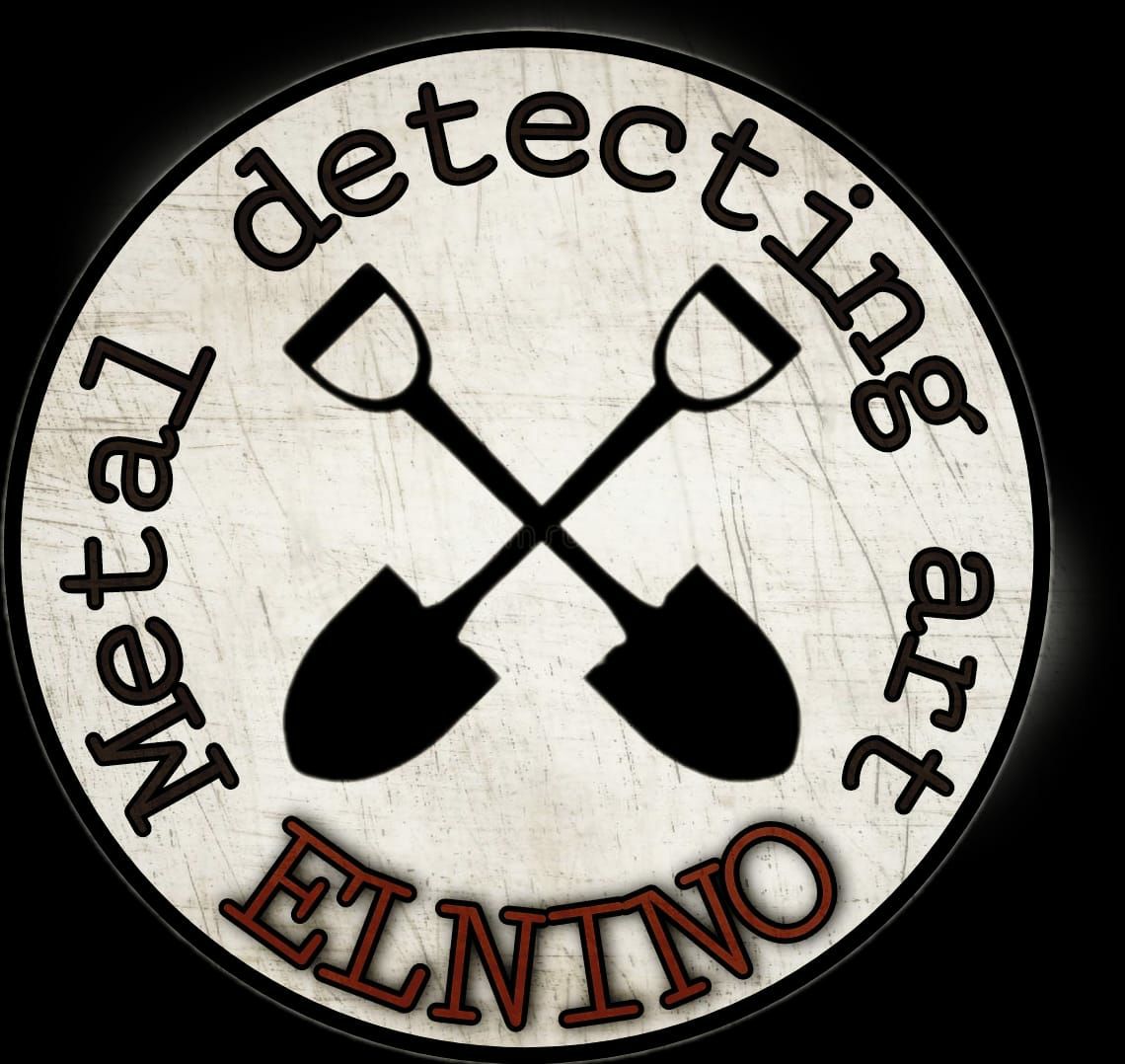
.thumb.jpg.4c2f8de15c9df6aad4af28d4bc4272aa.jpg)
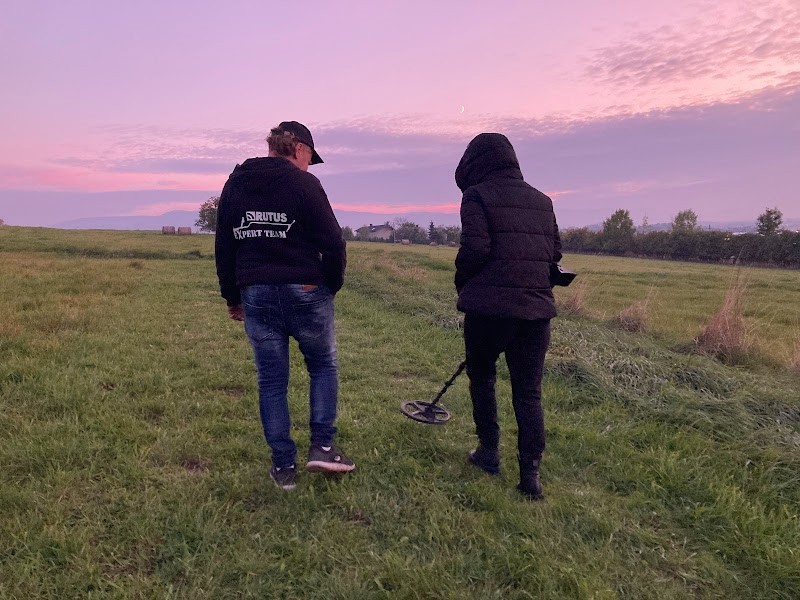
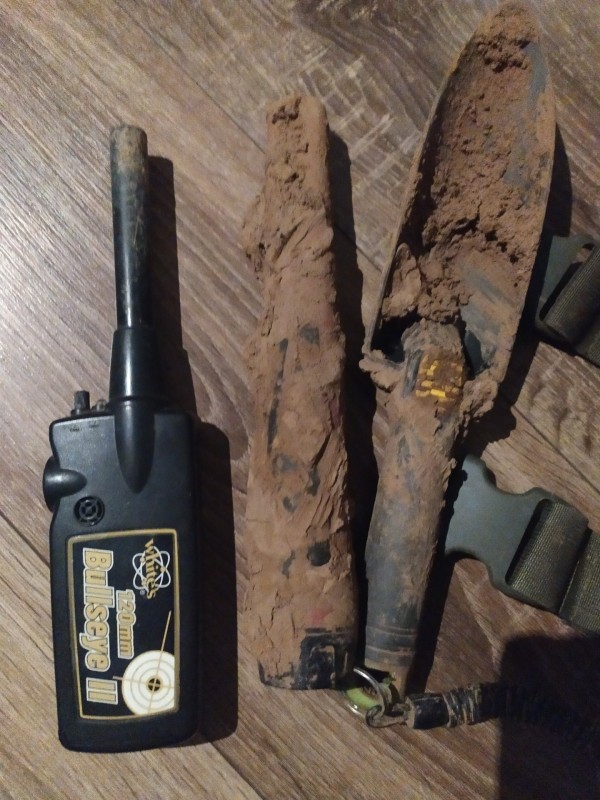
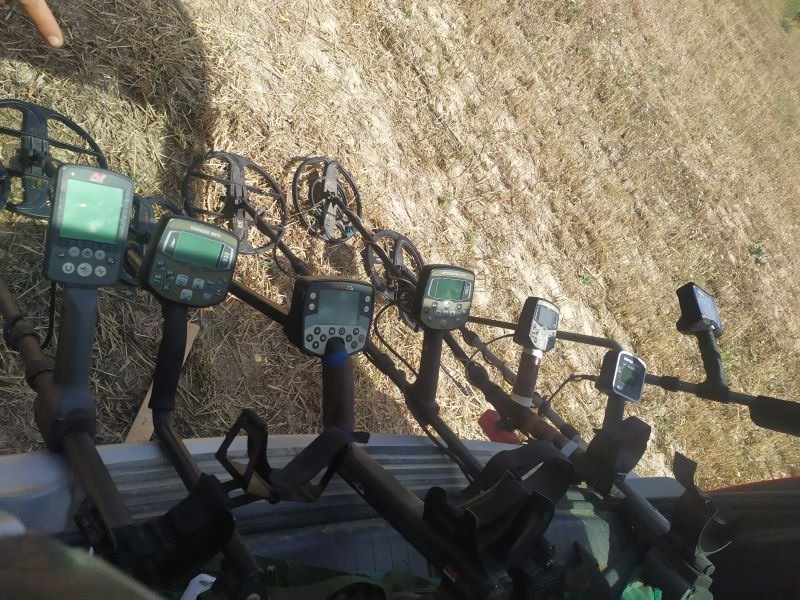
.jpg.2545ac4d336b5a76c5fd58dcbda69d84.jpg)
